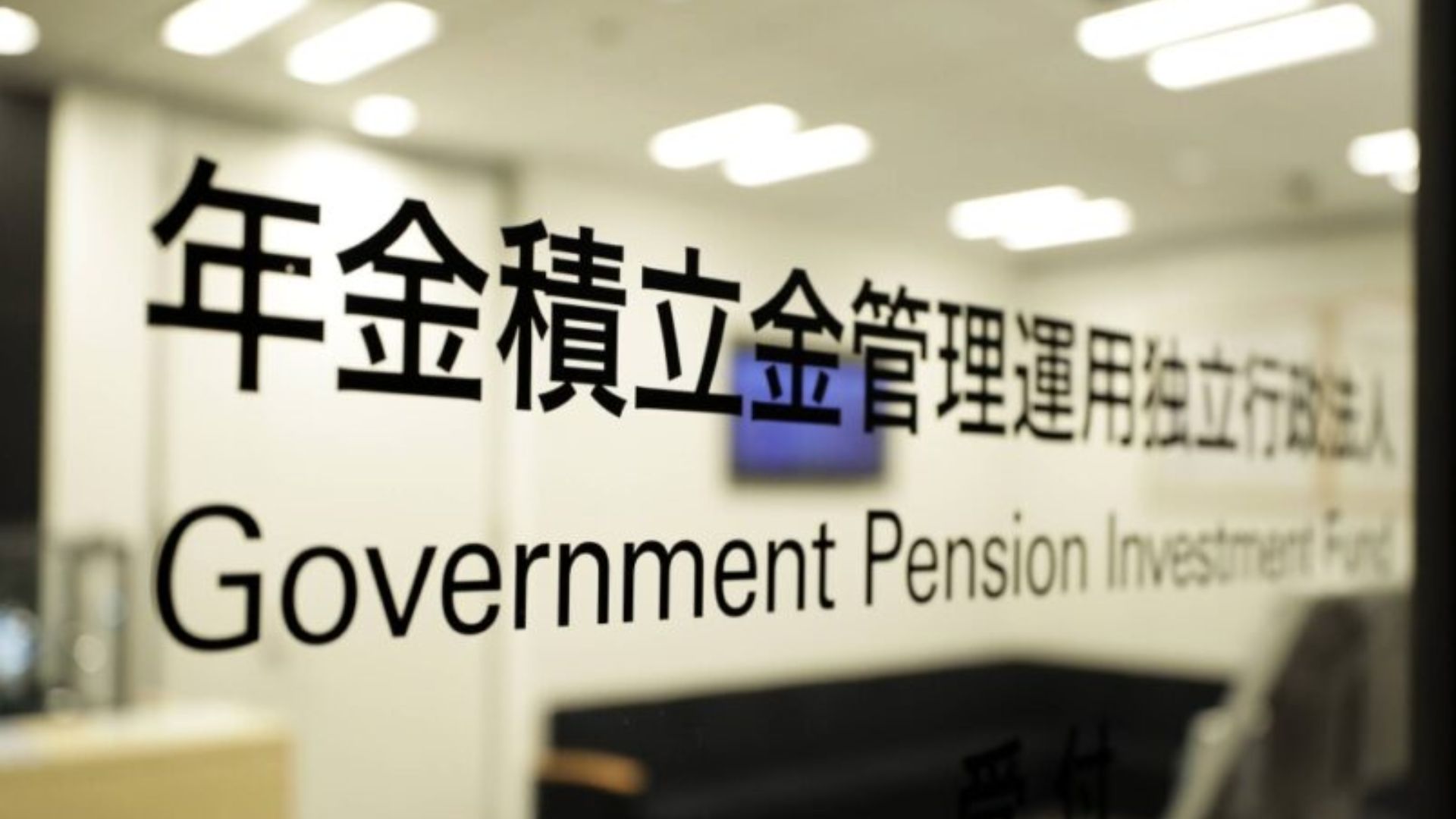In the high-stakes realm of global finance, where sovereign wealth funds and public pension schemes steer trillions of dollars, one institution commands exceptional attention: Japan’s Government Pension Investment Fund (GPIF). Managing over $1.5 trillion in assets, GPIF is not just the largest pension fund on earth—it’s a financial powerhouse whose decisions can sway global markets. Understanding its strategies, recognizing its challenges, and appreciating its worldwide impact is vital for anyone concerned with the future of retirement systems, investment management, and economic stability.
The Evolution of GPIF’s Investment Approach
For much of its history, the GPIF was known for its conservative strategy. It heavily favored Japanese government bonds (JGBs), prioritizing safety and stability over high returns. This reflected Japan’s cautious financial culture and decades-long struggle with deflation. However, as the nation’s aging population grew and the workforce declined, the pension system faced increasing strain. Relying solely on low-yield bonds posed a serious long-term risk to sustainability.
Recognizing this, GPIF underwent a major transformation starting in 2014. The fund sharply reduced its domestic bond holdings and ramped up investments in domestic and foreign equities. It also began exploring alternative assets—such as infrastructure, private equity, and real estate—to diversify and improve returns.
This move marked a dramatic evolution: GPIF shifted from a traditional, risk-averse bondholder to a dynamic global investor. Its diversification strategy not only enhanced potential returns but also reflected a growing commitment to balancing security with growth in a world of changing demographics and market conditions.
Confronting a Landscape of Challenges
Despite its vast size and resources, GPIF faces a host of formidable challenges that test its strategic flexibility and long-term foresight.
1. Japan’s Demographic Dilemma
The biggest challenge stems from Japan’s aging society. With more retirees drawing pensions and fewer workers contributing, the system is under pressure to deliver higher investment returns to maintain solvency. GPIF must consistently outperform traditional benchmarks to ensure the pension fund remains sustainable for future generations.
2. Market Volatility and Currency Exposure
GPIF’s significant global investments expose it to fluctuations in foreign exchange rates and market downturns. A stronger yen can diminish the value of overseas assets when converted back to Japanese currency. Managing these currency and market risks requires sophisticated hedging and diversification strategies.
3. The Low-Yield Environment
With interest rates remaining historically low in Japan and across much of the world, safe assets like government bonds generate minimal returns. GPIF, like many institutional investors, has been compelled to pursue riskier asset classes—including equities and alternatives—to achieve its required rate of return.
4. The ESG Mandate
Over the past decade, GPIF has emerged as a global leader in Environmental, Social, and Governance (ESG) investing. The fund acknowledges that long-term financial health depends on sustainable business practices. Integrating ESG principles into portfolio management encourages companies to adopt responsible policies, from reducing carbon footprints to improving governance. However, this approach also adds complexity to investment analysis, requiring balance between ethical priorities and financial performance.
The GPIF’s Global Reach: Subtle but Significant
Although GPIF operates with quiet discipline and a long-term focus, its influence on the global financial ecosystem is profound.
A Market Mover
Even small portfolio adjustments by GPIF can translate into billions of dollars in capital shifts. When it increases exposure to U.S. or European equities, global stock markets often experience a boost. Conversely, reducing allocations can dampen investor sentiment. Financial institutions and policymakers worldwide closely watch GPIF’s decisions for clues about broader market trends.
A Model for Institutional Investors
GPIF’s strategies serve as a blueprint for other pension funds and insurers, especially in countries facing similar demographic challenges. Its evolution—from conservative management to diversified global investing—illustrates how large public funds can adapt to new realities without sacrificing long-term stability.
A Force for Sustainable Capitalism
As a “universal owner”—an investor with holdings across much of the global market—GPIF’s fortunes are tied to overall economic health, not just individual firms. This perspective has made it a vocal advocate for sustainability. Its ESG-driven policies push corporations toward greater transparency, accountability, and resilience. Losing GPIF’s confidence can have serious reputational and financial consequences for companies.
You can follow the fund’s updates on its official X (formerly Twitter) account and review its detailed policy documents and performance reports on the GPIF official website.
Conclusion: A Guardian Shaping the Future
The Government Pension Investment Fund is far more than a manager of retirement assets—it’s a cornerstone of Japan’s social and economic framework. Its transformation from a conservative bondholder into a globally diversified investor symbolizes Japan’s effort to adapt to shifting economic and demographic realities.
While GPIF must constantly navigate market risks, currency swings, and low interest rates, its growing commitment to sustainability and responsible investing demonstrates an awareness that long-term stability requires more than short-term profits. It must ensure that the systems supporting its beneficiaries—and the global economy—remain healthy and resilient.
As the world’s largest pension fund, GPIF’s strategies, successes, and struggles will continue to influence global finance, corporate behavior, and the evolution of sustainable investing. The world is watching closely, because the direction this financial giant takes will echo far beyond Japan’s borders, shaping the future of responsible capitalism for decades to come.
You have not enough Humanizer words left. Upgrade your Surfer plan.








